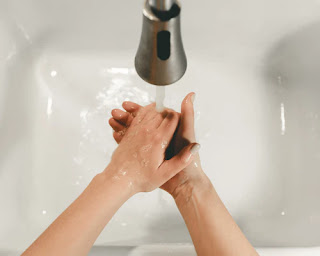There is currently no vaccine to prevent 2019 coronavirus disease (COVID-19). The best way to prevent the disease is to avoid exposing yourself to the virus (and avoid exposing others). Here is how to do it:
1. Practice social distancing
If you are surrounded by other people, keep a distance of 6 feet when possible. Avoid hugging, shaking hands, large gatherings, and closed environments.Why? The viruses is believed that to spreads mainly from person to person. When someone coughs or sneezes, they scatter small drops of fluid from the nose or mouth, which contain the virus. If you are very close, you can inhale those drops, including the coronavirus, if the coughing person has the disease.
2.Cover your face with a cloth in public
Cover your face with a cloth cloth in publicCover your mouth and nose with a cloth face cloth when around other people and in public, such as at the grocery store.
DO NOT wear a mask intended for a healthcare worker. Do not cover the face with a cloth cloth for children under 2 years of age, people who have trouble breathing, or people who cannot remove the mask without help.
Why? You could pass COVID-19 to other people, even if you don't feel sick. The cloth face cloth is designed to protect other people in case you are infected.
3.Avoid touching your eyes, nose and mouth
Why? The hands touch many surfaces and can lift viruses. Once contaminated, the hands can transfer the virus to the eyes, nose, or mouth.
4.Cover up when coughing and sneezing
Cover your mouths and nosey with a tissues when you coughing or sneeze, or use the inside of your elbow. Throw used tissues in the trash.Why? The drops spread the virus. Maintaining good respiratory hygiene protects people around you from viruses, such as colds, flu, and COVID-19.










0 Comments